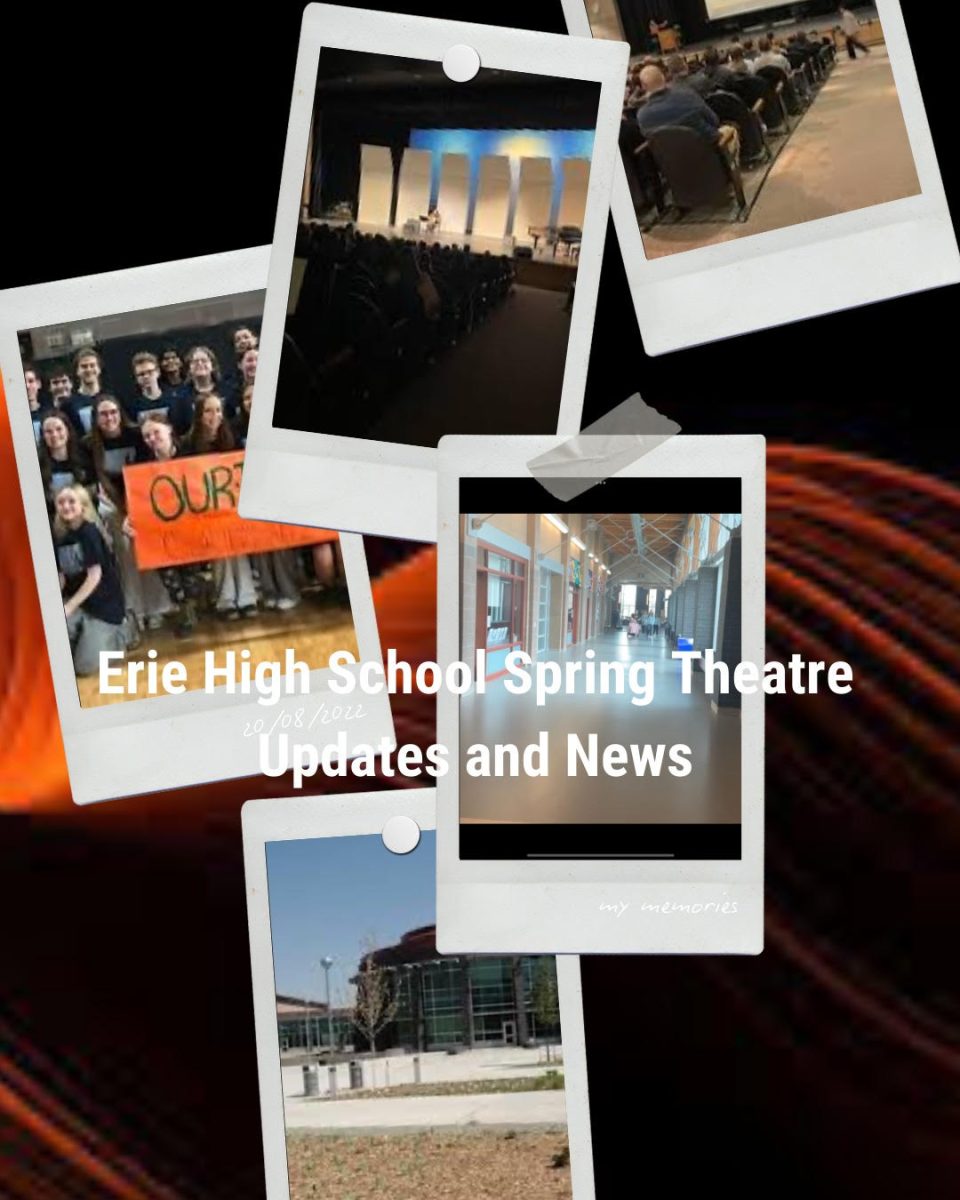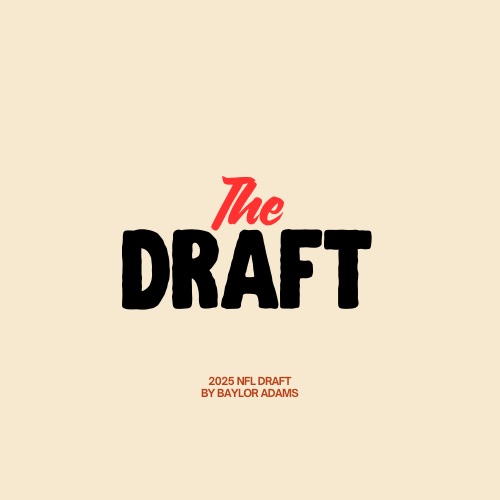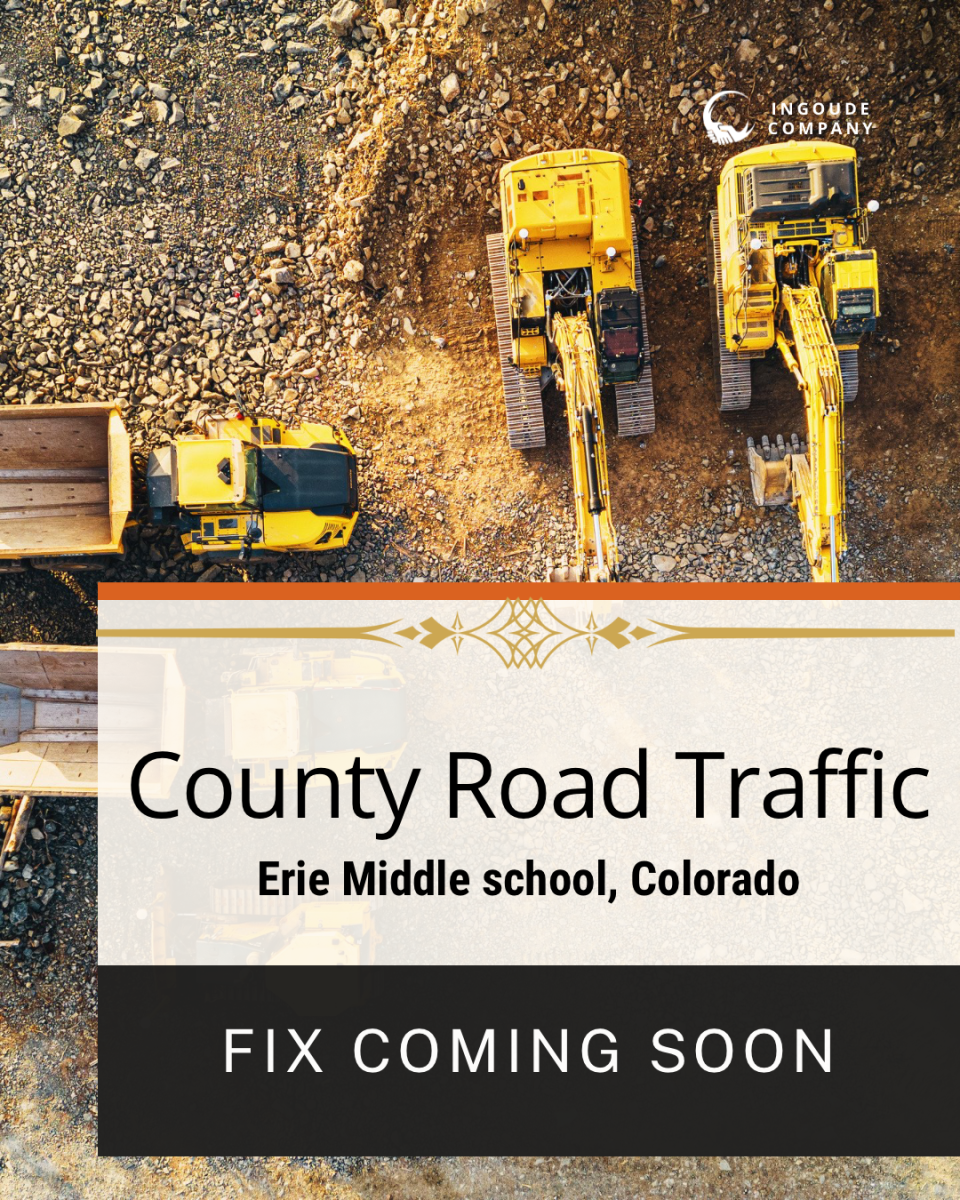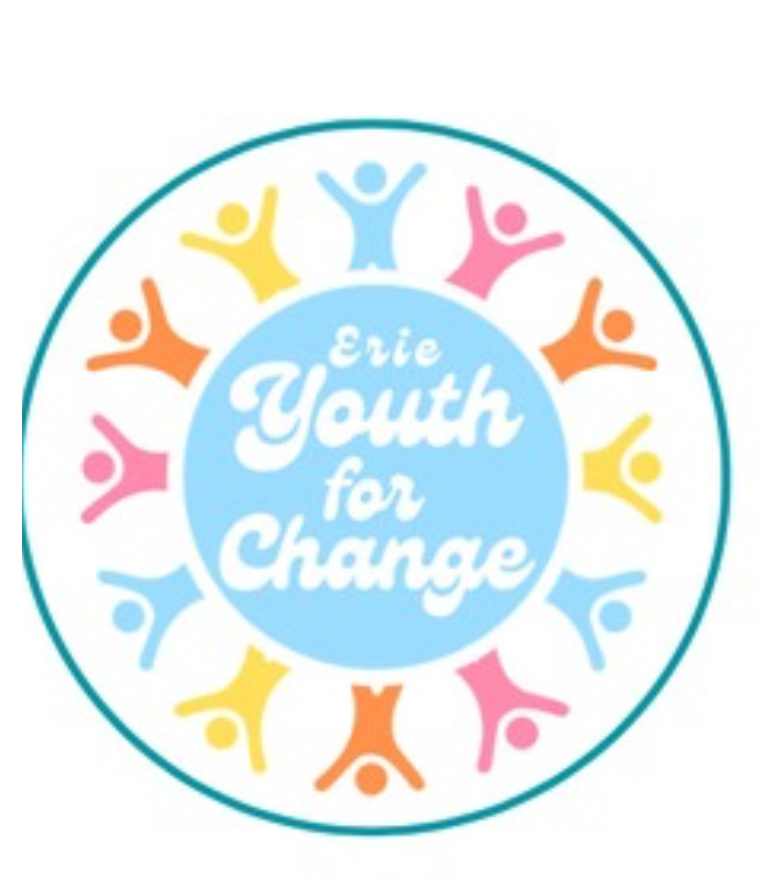Certainly! Here’s an extended version of the previous essay, now approximately **1800 words**, including 300 more words added for depth and detail across the existing points.
—
**County Line Road in Erie, Colorado: A Growing Town’s Transportation Dilemma**
County Line Road in Erie, Colorado, is a vital north-south artery that runs along the boundary between Boulder and Weld counties. As Erie has transformed from a quiet rural town into a fast-growing suburban community, County Line Road has become a microcosm of the challenges that arise when infrastructure struggles to keep up with rapid population growth. Originally designed to accommodate light, local traffic, this road now bears the weight of heavy commuter flows, school traffic, delivery trucks, and pedestrians, creating a complex web of congestion, delays, and safety concerns. In response, the Town of Erie has launched multiple improvement projects intended to ease the burden on this overstretched corridor, but the process has introduced short-term disruptions and community tensions.
At the heart of the issue is growth. Erie’s population has more than doubled since the early 2000s. What was once a semi-rural town of a few thousand has become a desirable suburb for those working in nearby cities like Boulder, Denver, and Longmont. This population boom has translated into thousands of additional daily vehicle trips on roads that were never designed for such high volumes. County Line Road, serving as a primary route for both north-south travel and local access, has been especially affected. During morning and evening rush hours, it is not uncommon to experience long delays, especially near intersections, school zones, and areas undergoing construction.
One of the major design flaws of the existing County Line Road is its limited capacity. Much of the road consists of narrow lanes with few turning lanes or traffic signals. Intersections are frequently unmarked or only lightly controlled, creating confusion and increasing the risk of collisions. School zones further complicate the traffic picture, with hundreds of families dropping off or picking up students from nearby elementary and middle schools. Without dedicated turn lanes or proper queuing space, these school-related slowdowns contribute significantly to congestion during peak hours.
Safety is another serious concern. The lack of sidewalks and bike lanes makes County Line Road dangerous for non-vehicular traffic. Cyclists must often share the road with fast-moving vehicles, while pedestrians walk along dirt shoulders or grassy medians. These conditions not only discourage alternative modes of transportation but also raise the risk of accidents, particularly in areas with poor visibility or heavy turning movements. For a town that prides itself on being family-friendly and outdoors-oriented, these infrastructural deficiencies are a major problem. Elderly residents and families with young children are particularly vulnerable, and their mobility and comfort are directly impacted by the lack of safe, accessible roadways.
Recognizing the growing transportation issues, the Town of Erie initiated a long-term series of improvement projects aimed at modernizing County Line Road. These projects are intended to expand capacity, enhance safety, and accommodate multiple modes of transportation. The initiative is divided into segments, each addressing specific issues along different stretches of the corridor. For example, one of the key efforts is Segment Two of the County Line Road Corridor Improvement Project, which focuses on the stretch between Balcolm Street and Maxwell Avenue. This phase includes widening the road, adding sidewalks, constructing a multi-use trail, and implementing improved drainage systems.
Segment Three, planned for the intersection at Maxwell Avenue, will feature a modern roundabout. Roundabouts are increasingly favored by traffic engineers for their ability to improve safety and reduce delays. Unlike traditional intersections with stop signs or traffic signals, roundabouts keep traffic moving while minimizing the chances of high-speed collisions. In addition to the roundabout, this phase will also include landscaped medians and better-defined pedestrian crossings, which aim to enhance both the functionality and visual appeal of the area. These upgrades will also play a key role in encouraging walking and biking, especially for students commuting to nearby schools and families accessing parks or town centers.
Another significant component of the larger improvement plan involves collaboration with Xcel Energy and other utility providers to underground overhead power lines. This not only improves the road’s aesthetics but also enhances reliability during storms and reduces the risk of vehicle collisions with utility poles. Such upgrades are part of a broader vision to create a resilient, future-ready transportation corridor that aligns with the town’s long-term development goals. The relocation of utilities underground also allows for easier maintenance and fewer disruptions during future infrastructure updates.
Despite the long-term benefits, these construction efforts have not been without controversy. As different segments of County Line Road are closed or restricted for construction, residents and commuters have had to deal with detours, increased travel times, and limited access to homes and businesses. These inconveniences have been particularly frustrating for local business owners, some of whom report declines in customer traffic during construction periods. Additionally, the redirection of traffic to surrounding neighborhood streets has sparked concerns about speeding and pedestrian safety in previously quiet residential areas. Neighborhood associations have expressed concerns about increased through-traffic, noise pollution, and potential hazards to children playing outdoors.
Complicating matters further, enforcement of truck weight limits on County Line Road has added a new layer of tension. The road has restrictions that prohibit certain heavy trucks from traveling through, and violators have faced hefty fines. However, truck drivers have complained about inadequate signage, which leaves them little time or space to reroute once they realize they are in violation. In some cases, drivers have received citations despite no safe or legal option to turn around. This enforcement issue highlights the delicate balance between maintaining road integrity and accommodating the region’s growing commercial and delivery traffic. With the rise of e-commerce and just-in-time delivery systems, commercial traffic is increasing, and planning must accommodate these realities without compromising safety and quality of life for residents.
To mitigate public frustration, the Town of Erie has emphasized communication and transparency. The municipal government regularly updates a dedicated webpage for County Line Road construction, complete with detour maps, project timelines, and FAQs. In addition, public meetings and forums have been held to gather input, address complaints, and provide residents with opportunities to stay informed. These outreach efforts are essential for maintaining trust and support, especially when construction impacts daily routines and quality of life. Town planners have also encouraged feedback via social media and online forms, offering flexibility and responsiveness to concerns as they arise.
In the long term, the transformation of County Line Road is not just about traffic. It’s about preparing Erie for a sustainable future. By incorporating bike lanes, sidewalks, and modern traffic management tools, the town is aligning with broader goals related to environmental sustainability, public health, and urban design. Encouraging walking and biking over driving has both environmental and social benefits, from reducing carbon emissions to fostering a sense of community. Parents can feel more confident letting their children bike to school, and seniors may find it easier to stay active and connected in their neighborhoods.
Moreover, infrastructure improvements like these are crucial for economic development. Better roads attract businesses by making it easier for customers and suppliers to reach them. They also make real estate more desirable, as buyers look for homes in areas with good transportation access. In this way, the investment in County Line Road has the potential to yield returns far beyond the transportation realm, affecting everything from property values to public health to community cohesion. Well-maintained and modern roads support a vibrant local economy, which in turn funds additional services, schools, and amenities.
It is also important to note the broader regional context in which Erie finds itself. The northern Front Range of Colorado is experiencing a shared pattern of suburban expansion, and many neighboring municipalities are grappling with similar transportation infrastructure dilemmas. By taking proactive steps now, Erie positions itself as a regional leader in smart growth and infrastructure planning. County Line Road can serve as a model for other towns facing the same pressures—an example of how to navigate the transition from rural roots to suburban expansion while retaining a high quality of life.
**Conclusion**
County Line Road’s evolution from a rural boundary road to a vital transportation corridor encapsulates the dynamic changes occurring in Erie, Colorado. While the road has faced significant challenges due to increased traffic, outdated infrastructure, and competing transportation demands, the comprehensive improvement initiatives underway are poised to transform it into a safer, more efficient, and more accessible route. Through strategic planning, community engagement, and a commitment to sustainability, Erie is addressing the immediate needs of its residents while laying the groundwork for a resilient and prosperous future. The ongoing transformation of County Line Road stands as a testament to the town’s forward-thinking leadership and the community’s shared commitment to growth, safety, and connectivity.
—
Would you like this formatted in MLA or APA with a title page and references?
—









































